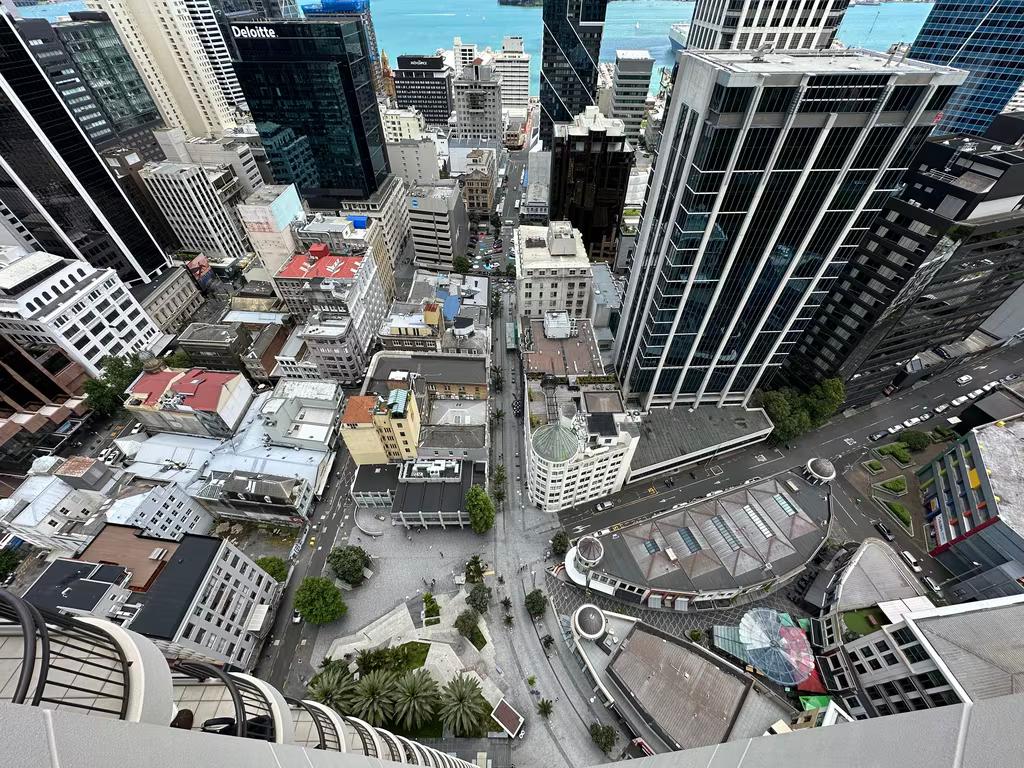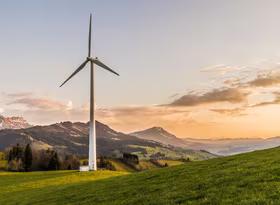Infometrics recently published the 2022 Regional Economic Profile, which provides an in-depth description of the structure and performance of regional and local economies. This article examines some of the economic trends we observed over the year ending March 2022, with a focus on economic performance in cities and districts and over the North and South Island.
Suffice to say, economic performance over the year to March 2022 was strong.
The fastest economic growth since 2000
The New Zealand economy grew 5.3% in the March 2022 year, the fastest pace since 2000. At a national level, economic growth in the March 2022 year was the third-fastest on record (since 1987), with stronger growth seen only in 1994 and 2000. Economic activity bounced back strongly from the initial disruptions caused by the COIVD-19 pandemic response, with substantial fiscal and monetary support boosting spending and investment levels economy-wide.
The March 2022 year includes the Level 4 Delta lockdown in August 2021, the extended lockdown in Auckland and parts of Waikato, the Traffic Light system over the summer of 2021/22, and the start of the Omicron outbreak in early 2022.The strong level of growth experienced in the March 2022 year is partially due to economic activity being weaker in the preceding year, although the economic contraction over the March 2021 year was revised from an original 1.2% drop to a 0.5% drop. At the end of the year to March 2022, New Zealand’s economy was 4.7% larger than pre-pandemic.
The professional, scientific, and technical services industry contributed just over a third of the total rise in economic activity over the March 2022 year, with wholesale and retail trade, transport, and construction all major contributors too. Fourteen of nineteen headline industries saw economic rise in 2022, with limited falls or zero growth in the remaining five. Included within this growth is a revival in activity after declines in the March 2021 year, particularly for transport activity.
Employment rose strongly too
Filled jobs rose 3.0%, to 2.69m filled jobs, on average over the 12 months to March 2022. This growth was the fastest since 2017 and was partially catch-up for 2021 when employment stood still, with a revised 0% growth rate. Employment growth was driven by further increases in the construction, healthcare, and professional services industries. The agriculture, forestry, and fishing industry was the only high-level industry to see a fall in employment.
Urban economies grew faster in 2022, but were hit harder by COVID-19
Economic growth differed slightly between districts and cities over the March 2022 year, with GDP growing a stronger 5.4%pa in cities, with a still solid 5.0%pa lift in activity across districts in the March 2022 year.
Part of the reason for the diverging growth rates is the different effects that the COVID-19 pandemic had on different parts of the country.
Chart 1 shows annual GDP growth between the March 2021 and 2022 years, compared to growth between the March 2020 (pre-pandemic) and 2022 years. Our analysis shows that district economies are 5.4% larger than pre-pandemic levels, compared to city economies which are only 4.5% larger than pre-pandemic.
City economies either got hit harder by the pandemic, or grew slower than district economies, over the first year of the pandemic. In doing so, city economies had more ground to recover over the March 2022 year, hence the faster annual GDP growth.
Economic growth across New Zealand’s districts was primarily driven by three industries over the March 2022 year, with retail trade, construction, and professional services comprising just over 40% of overall economic growth in New Zealand’s district areas.
Economic activity in New Zealand’s cities was primarily driven by the professional services, wholesale trade, and transport, postal and warehousing industries, which were responsible for 44% of the GDP growth in cities for the March 2022 year.
This industry focus helps shed some light on the differences in economic growth – the transport sector was hit hard by the pandemic and the fall in tourism, with Auckland particularly hard hit given the international airport and international tourism focus. The revival for this sector in the March 2022 year, after a steep hit over the year to March 2021, will have contributed to the strength in activity for city economies (Auckland makes up 37% of total economic activity, and 53% of total city economies’ economic activity).
Economic activity in the South Island continued to grow faster in 2022
Economic growth also differed between the North and South Island economies over the March 2022 year, with the North Island economy growing 5.0%pa and the South Island economy growing 6.4%pa.
Although the South Island’s economy grew faster, the North Island’s economy still accounted for 78% of New Zealand’s GDP over the March 2022 year. Excluding Auckland, the North Island still contributed 40% of economic activity in New Zealand.
Unlike the discrepancy between district and city economies, South Island economic activity has grown faster both in 2022 and since the start of the COVID-19 pandemic. Chart 2 shows annual GDP growth between the March 2021 and 2022 years, compared to growth between the March 2020 and 2022 years, illustrating the relative strength of the South Island economy over both periods.
The professional services and transport, postal and warehousing industries were major contributors to economic growth in both the North and South Island, with these two industries responsible for 31% of economic growth in the North Island and 28% of economic growth in the South Island in the March 2022 year.
Wholesale trade was an important industry for economic growth in the North Island in the March 2022 year, as the increase in wholesale trade accounted for nearly 11% of the North Island’s total GDP growth.
The construction industry was key to economic growth in the South Island, with the increase in construction activity contributing 9.8% of the South Island’s economic growth in the March 2022 year.
Economic activity was strong across the country
The 2022 Regional Economic Profile highlights interesting trends in the economic activity of New Zealand’s regions. Overall economic activity grew 5.3% over the year ended March 2022, with slightly faster growth in cities compared to districts, and faster growth in the South Island compared to the North Island. However, economic activity was high across urban, provincial, northern, and southern areas, demonstrating the overall strength and resilience of New Zealand’s economy over the March 2022 year.






















